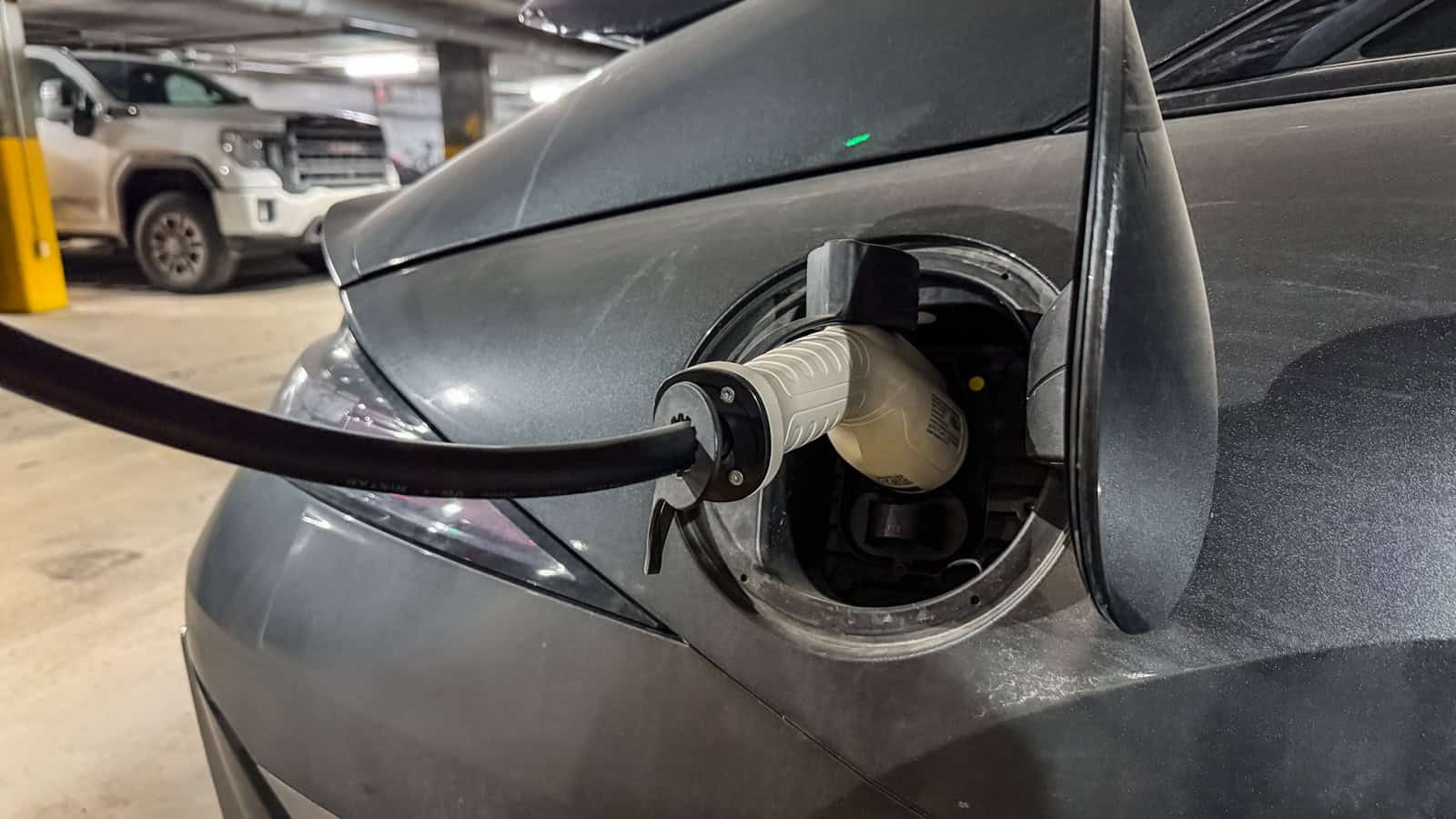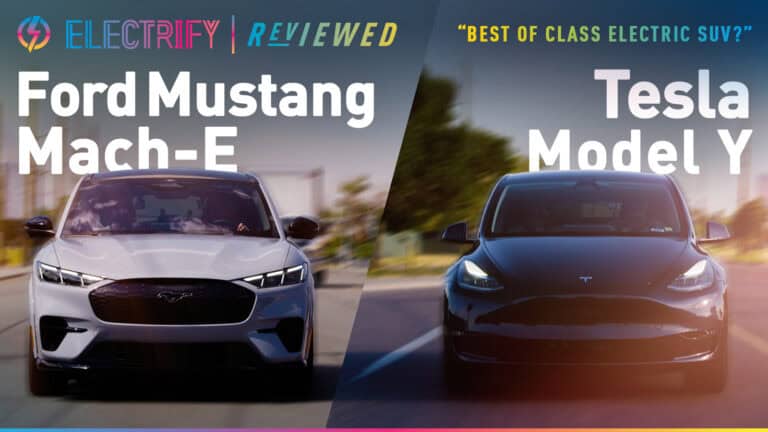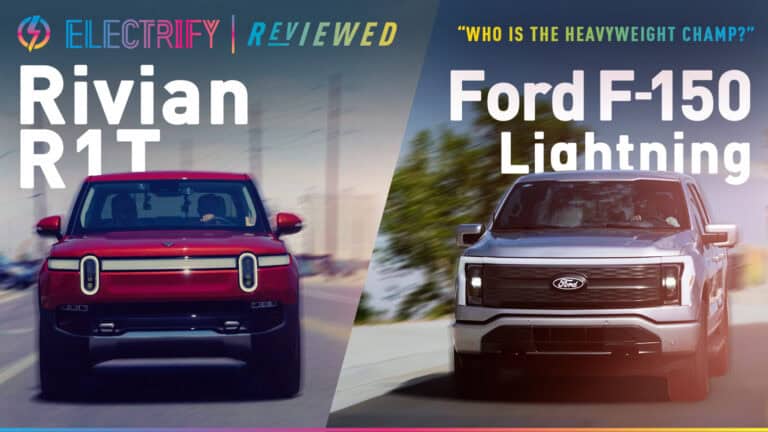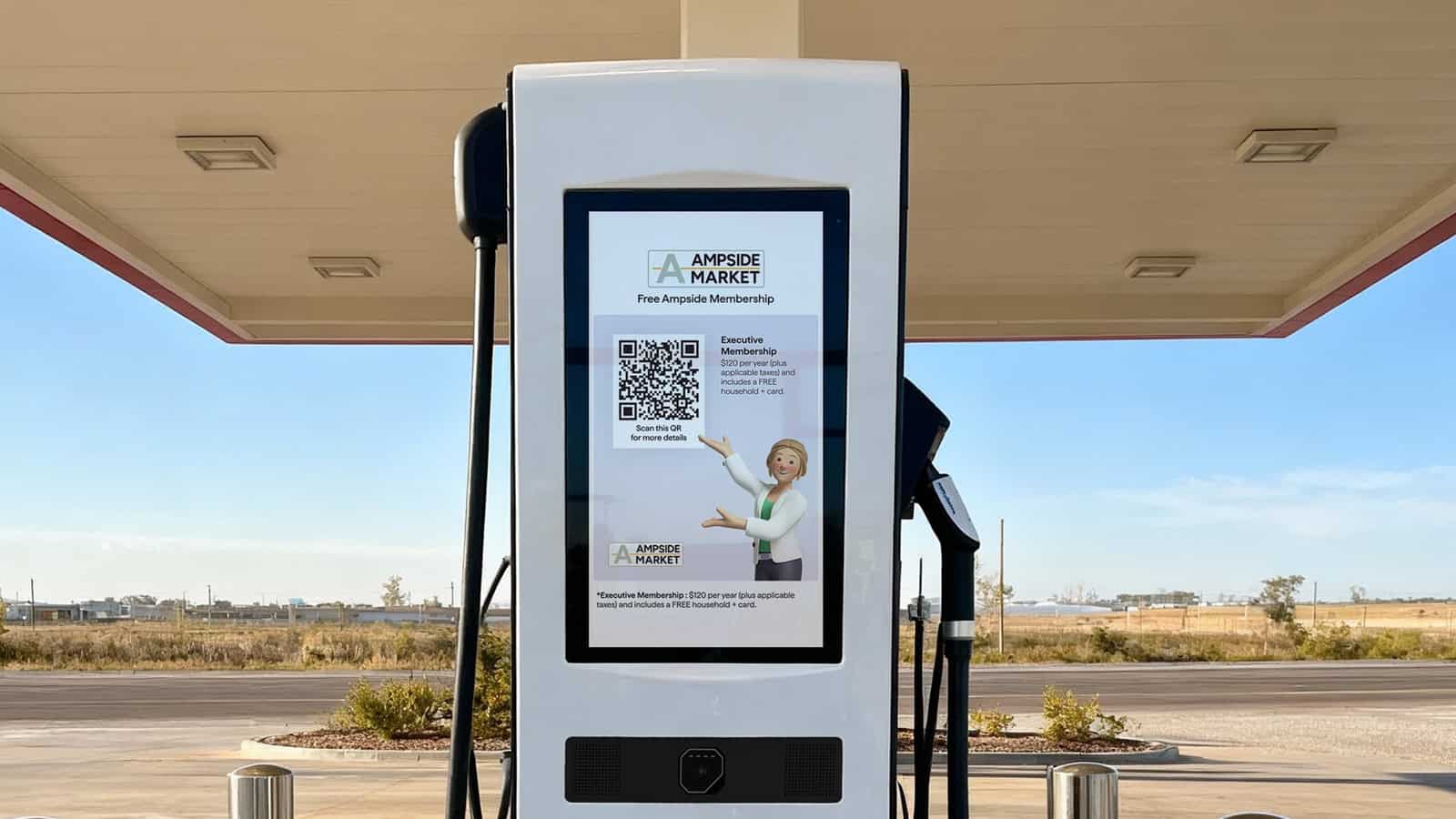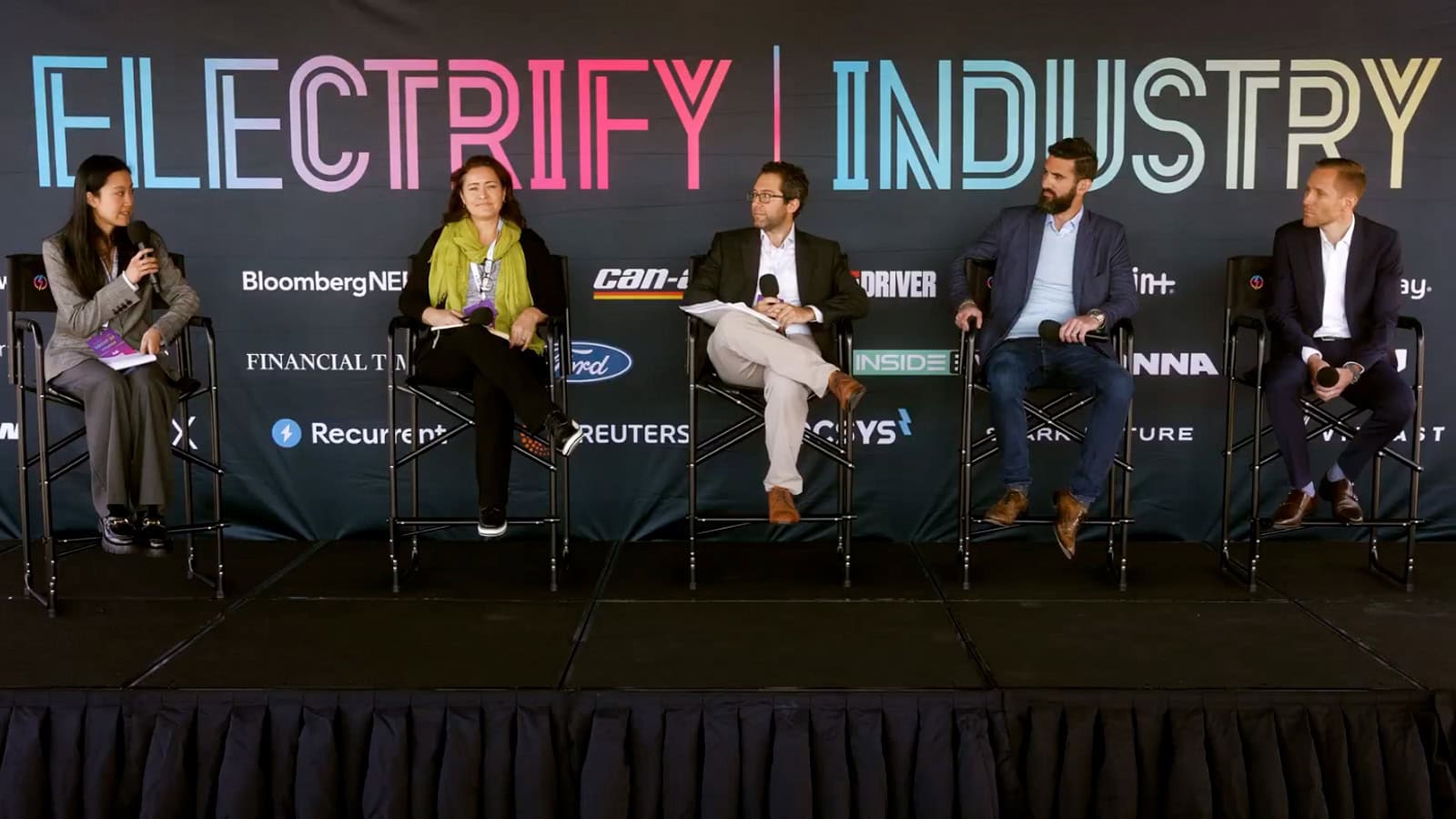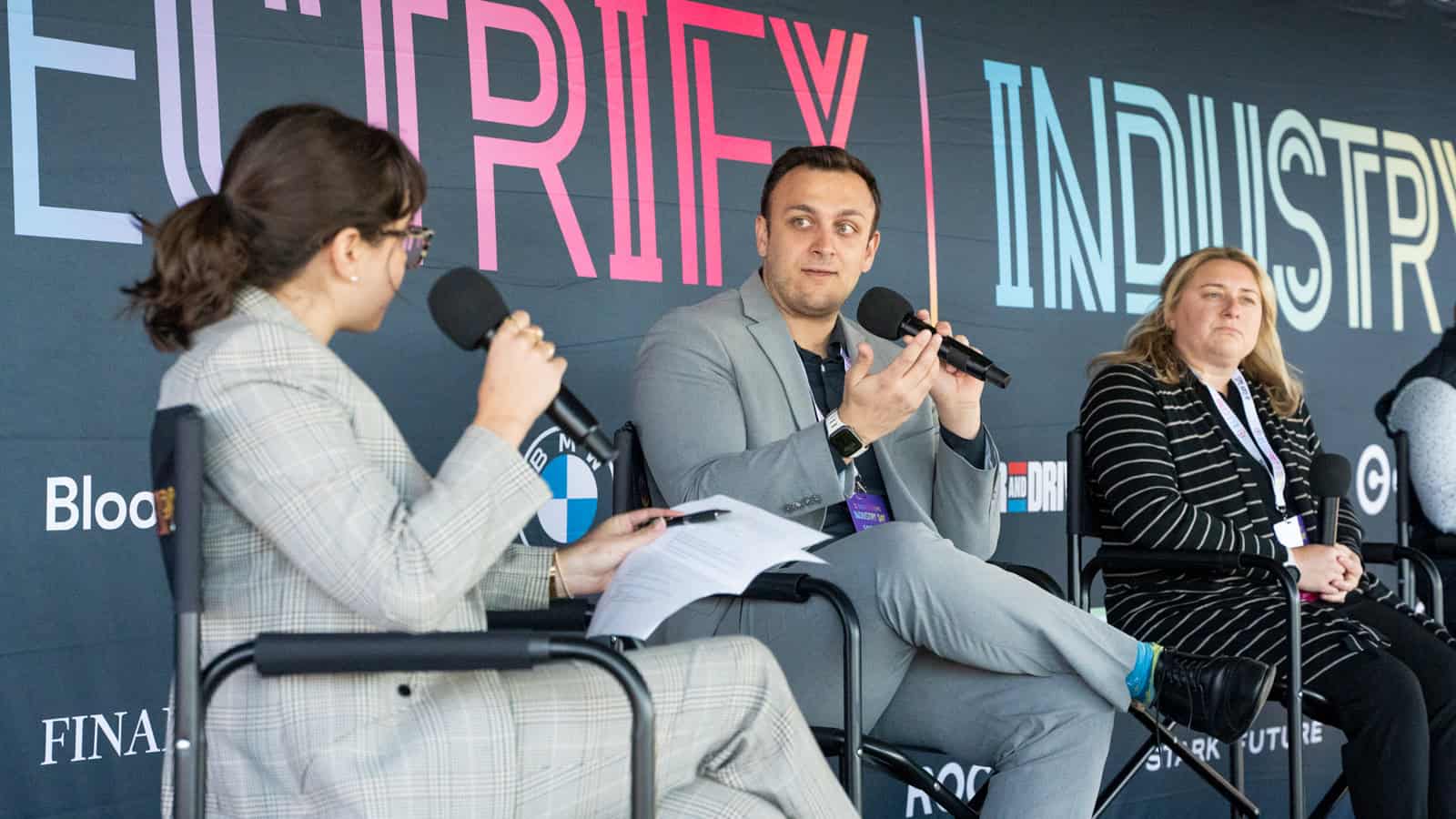- Most EV charging happens overnight during off-peak hours, using excess electricity and minimizing grid strain.
- Even if all U.S. vehicles went electric, demand would only rise by about 15%, which the grid can handle with smart charging.
- Utilities offer incentives for off-peak charging, while V2G and VPPs let EVs support grid stability.
ADVERTISEMENT
Wait. The grid can handle EVs? Yes, and here’s why.
You have probably heard the argument before: “If everyone switches to electric vehicles, the grid will collapse!” Sounds terrifying, right? The idea that plugging in a bunch of cars could send the power grid into chaos has been making the rounds for years. But here is the truth—this fear is based on outdated assumptions, not facts.
The power grid can absolutely support electric vehicles. In fact, most EV charging happens overnight when electricity demand is at its lowest. That is not speculation; it is backed by data from grid operators, energy experts, and real-world EV adoption trends.
So, let’s break down why the grid is doing just fine, how EVs are actually making energy use smarter, and why you do not need to worry about the lights going out just because your neighbor bought a Tesla.
ADVERTISEMENT
The Grid is Built for This
Think about when people use the most electricity—mornings when everyone is getting ready for work, and evenings when families cook dinner, watch TV, and crank up the air conditioning. That is peak demand. Now, think about when they use the least. Overnight.
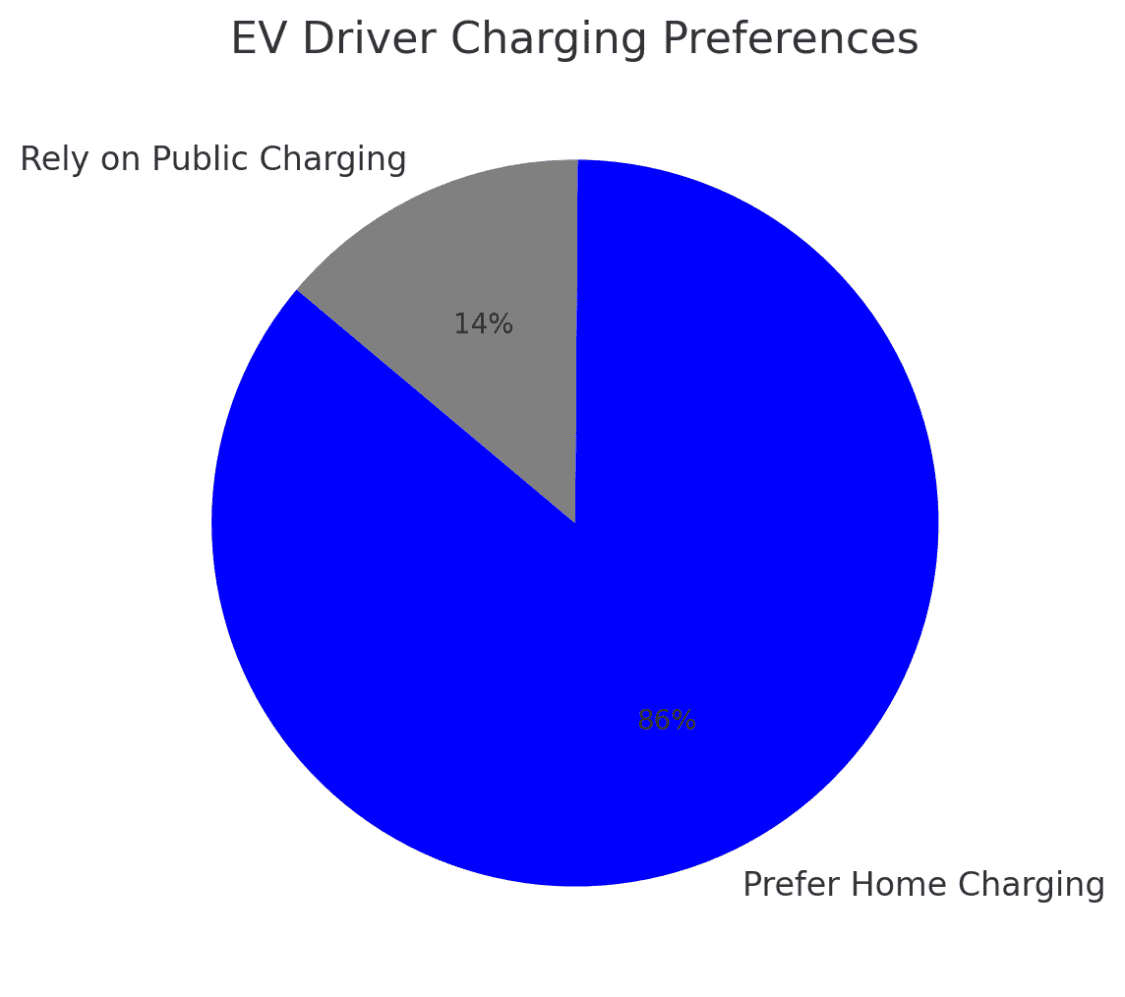
EVs conveniently plug in during those off-peak hours, making use of excess electricity that would otherwise go to waste. According to the U.S. Department of Energy’s Argonne National Laboratory, 80-90% of EV charging happens at home, typically overnight.
That means EVs are not competing with high-demand hours—they are actually helping utilities make better use of existing infrastructure.
ADVERTISEMENT
“But What if Everyone Plugged in at the Same Time?”
Let’s say millions of Americans suddenly go electric overnight. That sounds like a disaster waiting to happen, right? Not quite.
Grid operators already manage fluctuating demand throughout the day—heating, cooling, and industrial use create enormous demand spikes, yet the system handles it just fine. EVs are no different. In fact, utilities already have smart grid technology that helps balance load by encouraging EV owners to charge during off-peak hours.
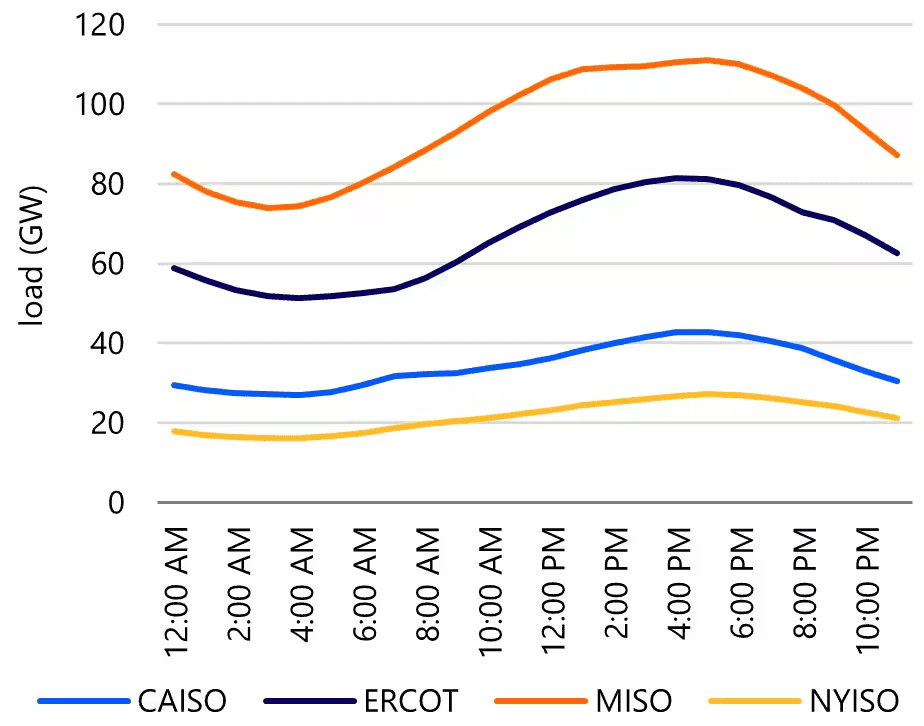
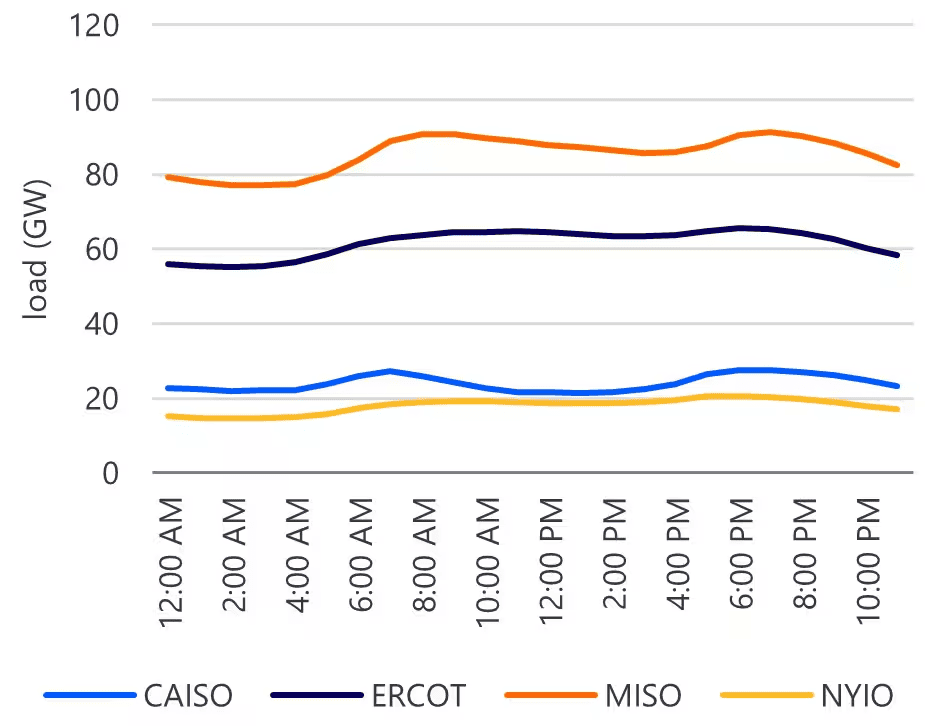
According to National Grid, even if every vehicle in the U.S. switched to electric, electricity demand would only rise by about 15%—a manageable increase for the existing grid. They emphasize that the grid can handle EV adoption with smart charging strategies, especially since most charging happens overnight during off-peak hours.
And do not forget—EVs themselves can help stabilize the grid. Vehicle-to-grid (V2G) technology allows EVs to send power back to the grid when demand is high, acting as mobile batteries that smooth out fluctuations in electricity use. Think of it like a giant energy bank spread across the country.
This is where Virtual Power Plants (VPPs) come in. VPPs aggregate thousands of distributed energy resources—like EVs, home batteries, and solar panels—into a network that can function as a single power plant. Tesla’s Virtual Power Plant program in California already links thousands of Powerwall home batteries to create a flexible, resilient energy system that supports the grid in real-time.
By integrating EVs into VPPs, utilities can harness stored energy from vehicles when needed, reducing grid stress and ensuring stable electricity supply during peak demand. According to the U.S. Department of Energy, VPPs could add significant capacity to the grid without requiring new power plants.
ADVERTISEMENT
Power Companies Want You to Charge EVs
Utilities are not worried about EVs overloading the system. In fact, they are welcoming them with open arms.
Duke Energy, serving millions across the Southeast and Midwest, is actively enhancing grid resilience to support the rise in EV adoption. By incentivizing customers to charge during off-peak hours—Monday through Friday from 9 p.m. to 6 a.m., as well as on holidays and weekends—the company promotes more efficient energy use.
This strategy helps stabilize the grid and reduces the need for expensive new infrastructure. To encourage off-peak charging, Duke Energy offers financial incentives: Indiana customers can receive a $50 quarterly credit for two years (totaling $400 per customer), while Florida participants with Level 2 home chargers qualify for a $10 monthly bill credit.
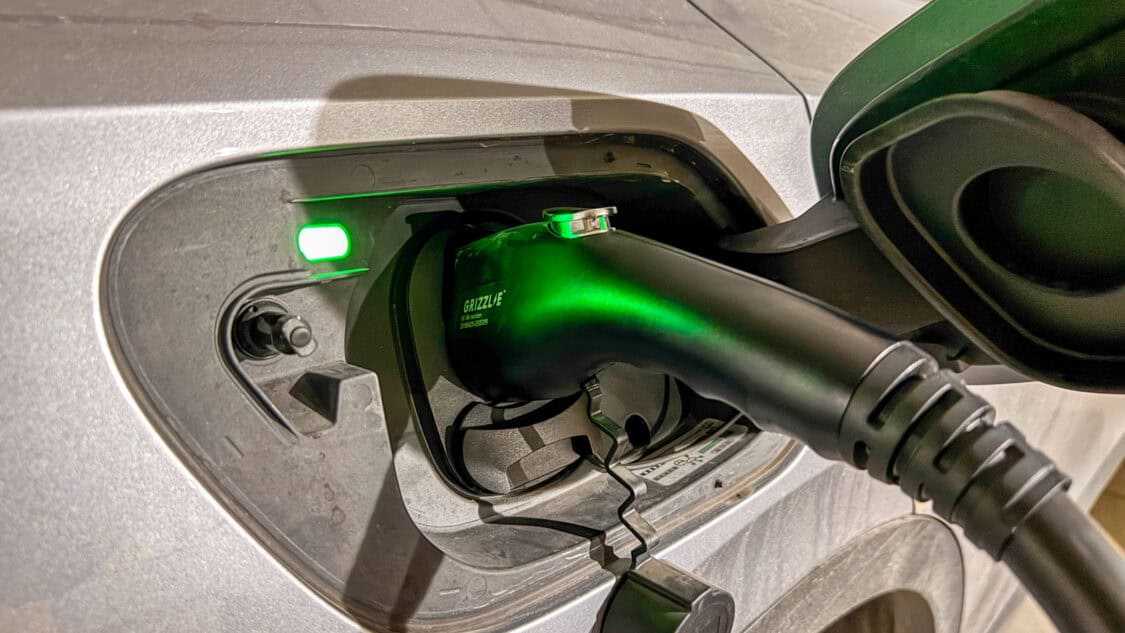
These programs are part of a broader effort to use EVs as grid assets rather than liabilities. In California, new legislation—SB59—goes even further, enabling EVs to function as “mini power plants” through bidirectional charging. This allows EVs to send power back to homes and the grid, lowering consumer utility bills and boosting grid stability.
Senator Nancy Skinner explained to The Sun: “This law will unleash the power of EVs to be mini power plants on wheels, providing clean energy to homes, slashing consumer utility bills, and stabilizing the grid.”
ADVERTISEMENT
More EVs, More Smart Energy Use
Here is the reality: the U.S. power grid has been evolving for over a century. It has handled the rise of air conditioning, televisions, computers, and now electric vehicles. The system does not break every time a new technology becomes popular.
As EV adoption increases, so does investment in renewable energy and grid upgrades. California, which has the highest number of EVs in the country, has been expanding battery storage and renewable power generation to meet growing demand, according to the California Energy Commission. This means not only can the grid handle EVs—it is getting stronger because of them.

EVs Won’t Break the Grid—They Might Even Help It
So, let’s put this myth to rest:
- The grid can handle EVs just fine, and most charging happens overnight when electricity demand is low.
- Utility companies actively encourage off-peak charging and are investing in smarter energy management.
- EVs could actually help stabilize the grid through vehicle-to-grid technology, Virtual Power Plants (VPPs), and better energy distribution.
The next time someone tells you the power grid is doomed because of electric cars, just point them to the facts. Or better yet—ask them how the grid survived when everyone started using air conditioning.
ADVERTISEMENT

SOURCES | IMAGES: ARGONNE NATIONAL LABORATORY, NATIONAL GRID, MIT TECHNOLOGY REVIEW, U.S. DEPARTMENT OF ENERGY, DUKE ENERGY, THE SUN, CALIFORNIA ENERGY COMMISSION, RABORESEARCH, CHARGELAB
FTC: We use income-earning auto affiliate links. Learn more.


